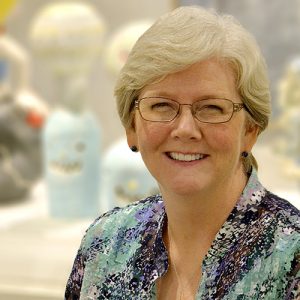By Susan Mays, Education Curator for the Museum of Arts and Sciences
Education, and especially education in an informal environment, has been my passion since I was in high school. As I begin this, my first ever, blog I wanted to share a little about what an Education Curator does. Curated anything/everything is a term that we hear often now— curated lists of wines, cheeses, movies, music. When I first started working in museums, the term curate was almost unknown outside the museum field or, from an earlier time, the Anglican Church. It meant one of two things according to Merriam-Webster: “one who has the care and superintendence of something; especially: one in charge of a museum, zoo, or other place of exhibit” or “a member of the clergy in certain churches (such as the Anglican church) who assists the priest in charge of a church or a group of churches.” The English word comes from a Latin base curo which meant “arrange/see/attend to, heal/cure, provide for, take care of, worry/care about.” (www.latin-dictionary.net) But, as the New York Times pointed out in a 2009 article, “The Word ‘Curate’ No Longer Belongs to the Museum…” (www.nytimes.com)
In the museum field, generally speaking, a curator holds responsibility for a collection. Curators care for the artifacts, objects or even living things in a collection, do research about them, recommend additions to the collection, choose objects for exhibitions, and interpret or present them to the public. Education Curators are a little different since we do not have responsibility for a collection of physical things. We fall more into the “arrange/see/attend to” and “provide for” parts of the original Latin word definition. Museum educators help to extend the interpretation or presentation of the Museum’s collection to the public through curriculum-based school programs, public programs like lectures and events, camps, workshops, and classes, as well as assisting in the planning and development of exhibitions.
I saw a quote many years ago in a trade association publication that applied to training for historic site interpreters, but for me, expresses what I feel my responsibility as an Education Curator is. “Put there a spark.” The spark can ignite a visitor’s desire to know more about something, to think more deeply about a subject, to relate something in another time, another culture, another discipline to something in his/her everyday life. That spark can change a life in an exciting and positive way.

